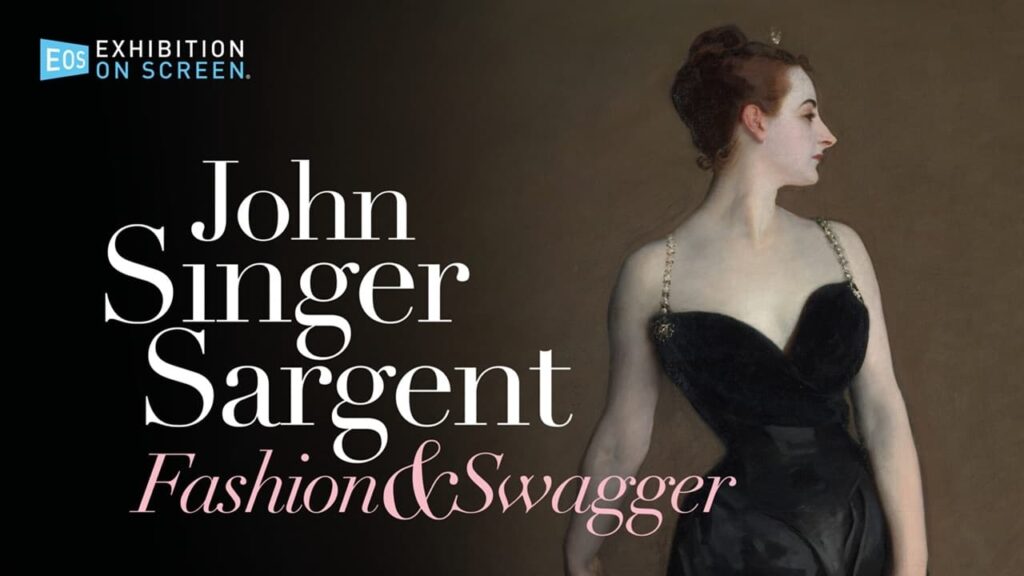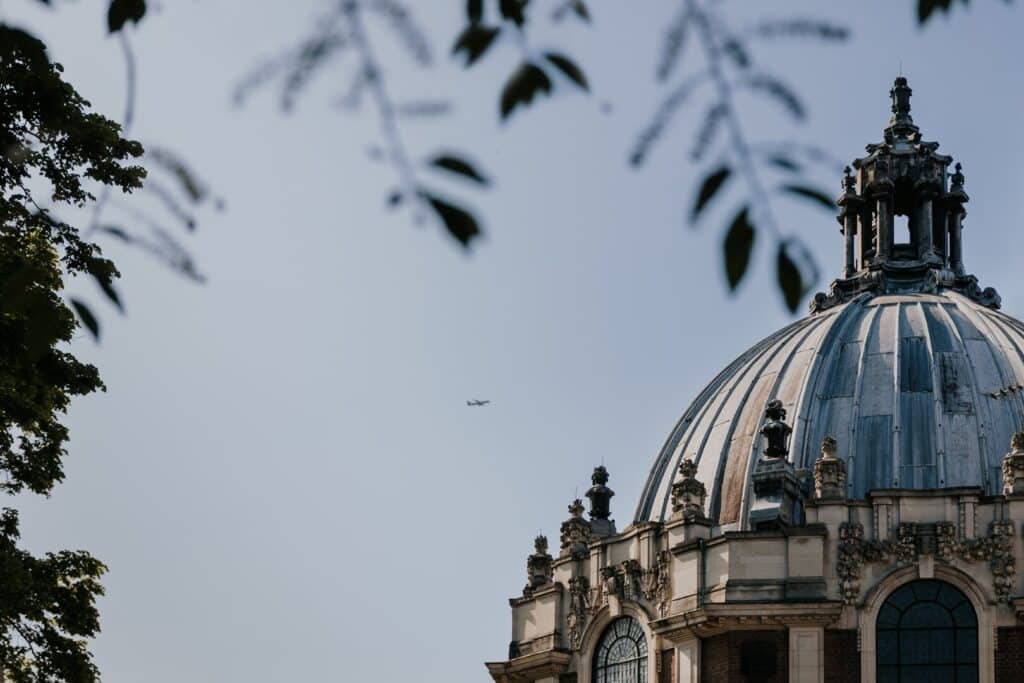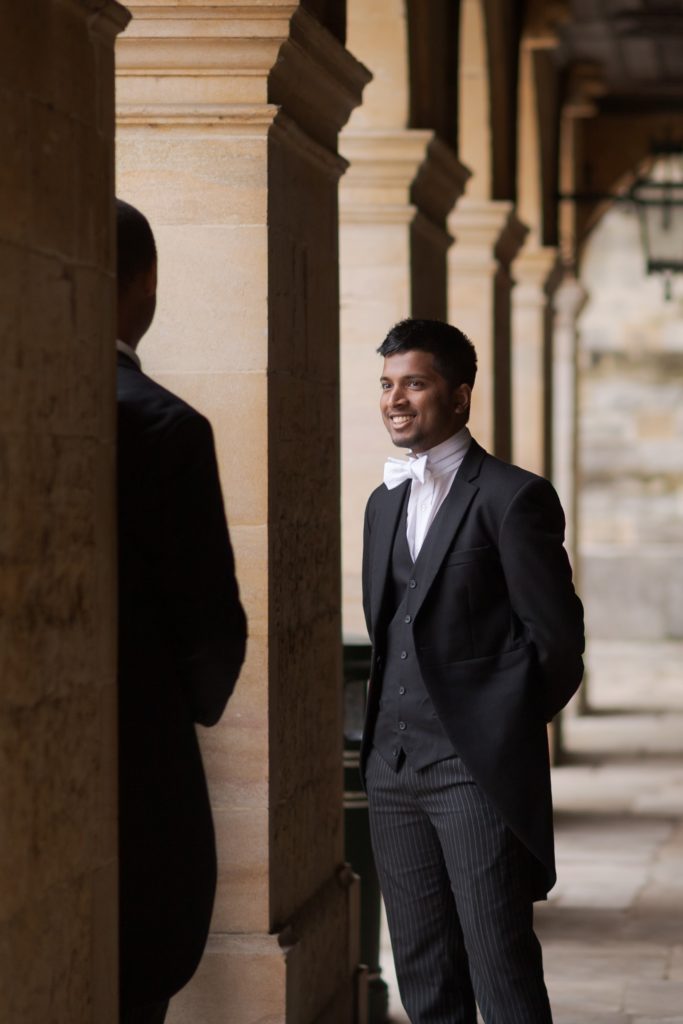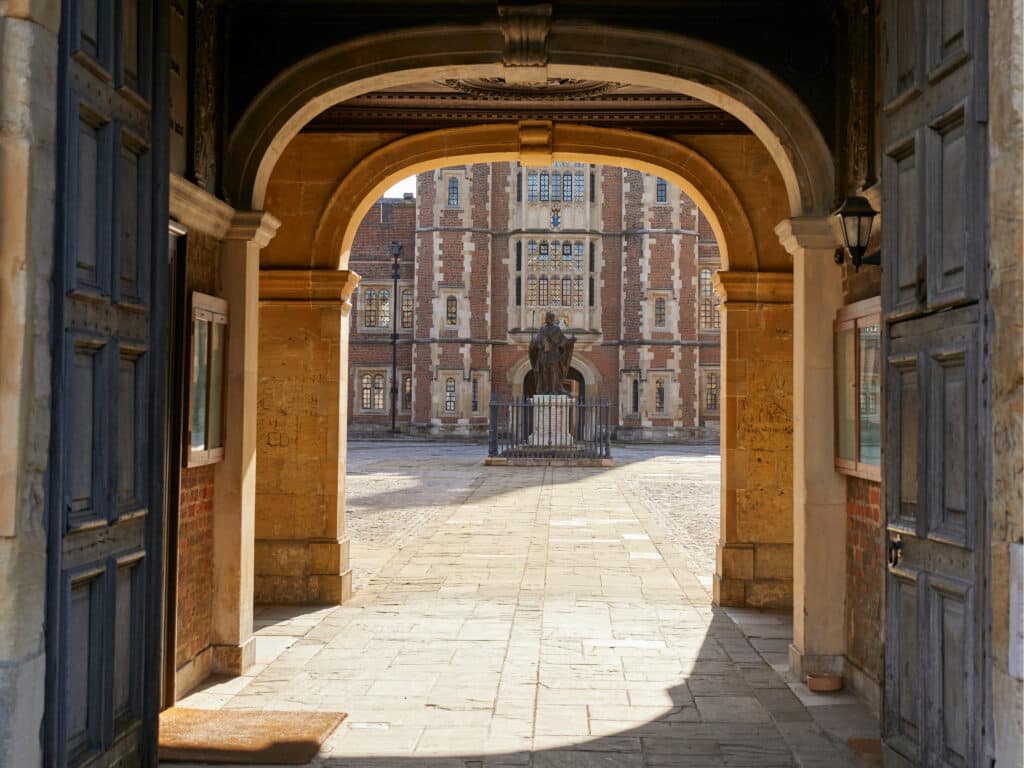BAFTA-winning director and producer Phil Grabsky came to Eton last Friday night to show a lucky audience his latest film John Singer Sargent: Fashion and Swagger. The documentary, released in cinemas last week, pieces together the life and work of the American painter with a focus on Sargent’s fashion choices when styling his subjects.
The film follows two exhibitions of Sargent’s work: Fashioned by Sargent, at the Museum of Fine Arts in Boston, followed by Sargent and Fashion at Tate Britain in London. One novelty of both exhibitions is the display of the items of clothing worn by the subjects of Sargent’s portraiture.
One of the most interesting aspects of the documentary was its ability to push the viewer into Sargent’s world of the vastly wealthy and social elite of Europe and America in the late 19th and early 20th centuries. The film aimed to contextualise Sargent and to answer the important question that lingers in the minds of the admirers of any artist – who was Sargent to those around him?
The film showed the different sides of Sargent’s interaction with high society. As a young man, he moved from Italy to Paris to train under Carolus-Duran, an already-reputable French portrait artist. In one of his earliest exhibited works, Carolus Duran (1879), Sargent revealed his talent and the piece was received with great acclaim. However, as the film highlights, the outfit in which he has chosen to paint Duran shows the beginnings of the sartorial independence which would go on to define much of his work. Duran wears a light-brown coat, a silk tie, and notably, pleated cuffs. These cuffs would have been considered, at best, dandy, and at worst, feminine.
Perhaps the next important event in Sargent’s life in Paris was a scandal – he entered his portrait of an American-born Parisian socialite, Virginie Gautreau (ominously titled Madame X), in the Salon of 1884 to an overwhelmingly critical reception. In the painting, Gautreau wears a low-cut black dress, a strong contrast to her bright lavender skin. Originally, Sargent had painted one of the two jewelled straps of the dress hanging down over Gautreau’s right arm. This was seen by the public as too overt an innuendo and a contemporary critic from Le Figaro commented that this made Gautreau “one more struggle” away from “complete nudity”. It was therefore fascinating to hear after the Salon was closed, Sargent re-painted the insensibly-placed strap which is now firmly over Gautreau’s right shoulder.
The obloquy caused by Madame X’s exhibition may have been what caused Sargent to then move to London in 1886, to a lovely studio on Tite Street. Despite the Parisian ruckus, Sargent had established himself as one of the premier portrait artists of his time. It was during this period of his career that he painted a portrait, Dame Mary Jane Evans (1898), which owned by Eton College Collections (below) and was loaned to both the exhibition in Boston and is currently on display in the exhibition at Tate Britain. According to an 1899 edition of The Magazine of Art, the painting’s “veracity is startling, and the handling brilliant – amongst the most dashing bravura passages ever executed.”
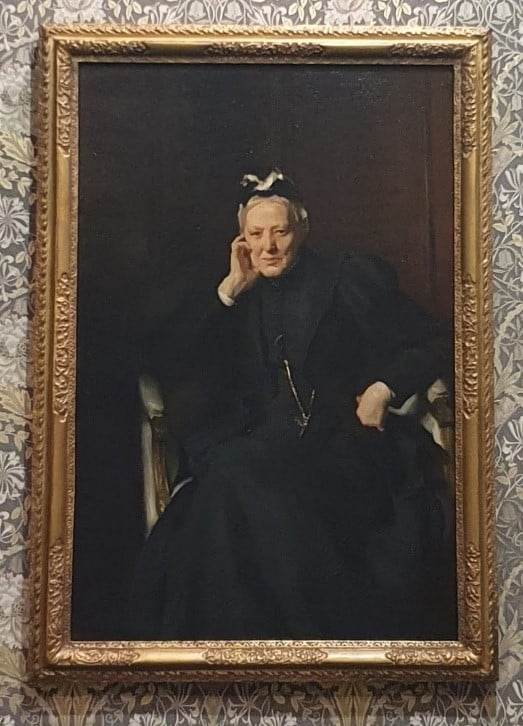
By this point, Sargent’s style had evolved to become something of a modernised version of the Grand Manner style. For centuries, evolving from the work of earlier English court portraitists such as Van Dyck, the Grand Mannerists engaged in embellished, decorative and heroic representations of their subjects. Sargent managed to retain the awe-inspiring nature of these paintings – they are complete, orchestrated, but also, often possess an atmosphere of privacy. Sargent’s figures, whether still or in motion, are always calming.
However, the aforementioned emphasis of the film is Sargent’s use of fashion in his work. He was sure, in many of his portraits, to show his subjects as vogue and maverick. Travelling with trunks of clothing, he would often dress his sitters individually. Here, the film thought it appropriate to add an interpretation of Sargent’s interest in fashion as a hint of his homosexuality – one interviewee said he saw Sargent’s “queer eye.” Indeed, Sargent’s sexuality has been cause for much speculation, and it is thought he may have been the lover of a British lithographer, Albert de Belleroche, with whom he often travelled, and whose portrait he had hung in his dining room.
In all events, Sargent’s focus on couture is evident in almost all of his work (the obvious exception being his 1919 wartime masterpiece, Gassed). Sargent was amazingly skilled in capturing the lighting, texture, and folds of fabric, especially with minimal brushstrokes; yet he also uses clothing almost ideologically – all of his subjects are modern. They are innovative yet grounded, active yet relaxed, and most importantly, as the film’s title suggests, they possess “swagger”. Their clothing is Sargent’s primary tool in accomplishing this.
After the screening, Mr Grabsky kindly shared with us information about the work that goes into making a film. His company, Exhibition on Screen, has made 37 films documenting exhibitions of multiple artists, most recently Vermeer and Klimt. During a Q&A, he explained the tough process of fundraising, planning, filming on location and editing. In fact, his statement about the complexities and economics of the museum copyrighting system (in response to one gentleman’s inquiry as to where he could buy a copy of the film) seemed a disheartening criticism of the state of modern filmmaking.
Yet Mr Grabsky’s intense passion for his craft was nevertheless as clear as day – he expressed his love for the chance to connect with (and notably, to privately view) these works of art which meant so much to him. He graciously ended by inviting the audience to come up to the front and collect free copies of his films and a free fridge magnet or two. All films produced by Seventh-Art productions are listed on their website, which also includes information about where and how they can be seen.
Our special thanks go out to the Vice Provost, Ms Cordingley and Amy Stone for organising the event and of course to Phil Grabsky for allowing us to watch his latest film and learn more about his work.
